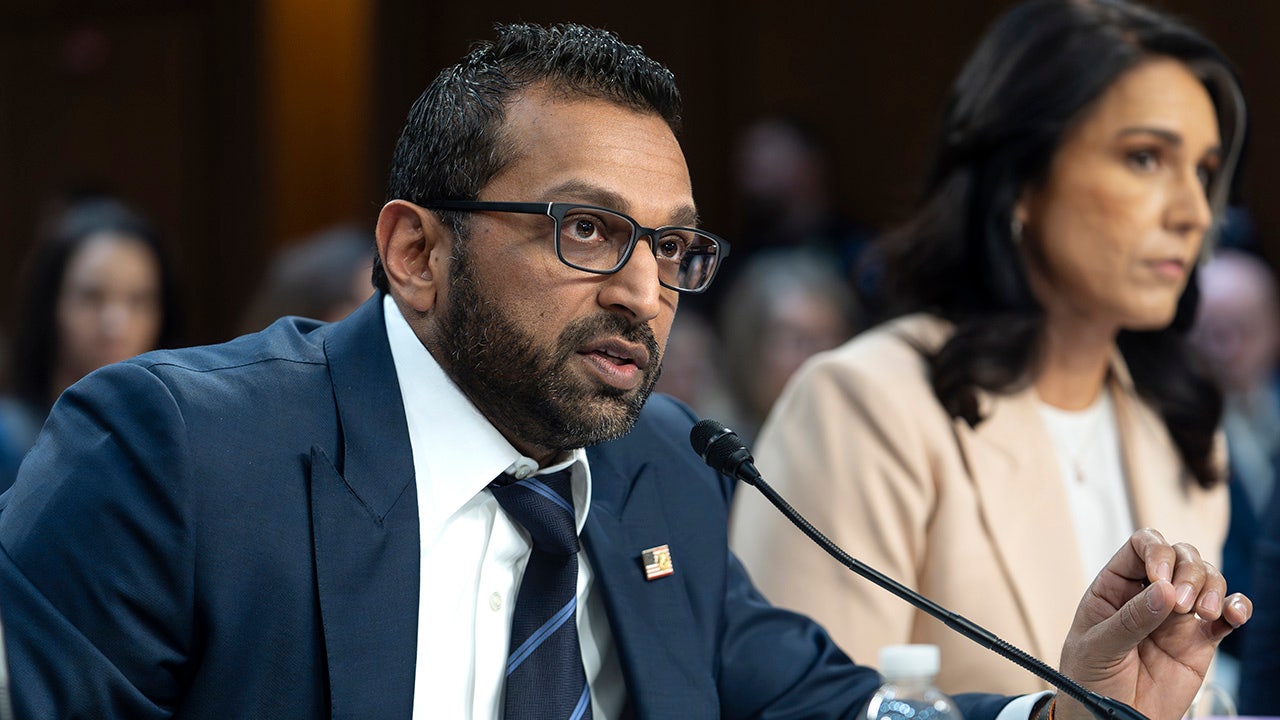As global trade dynamics shift and India emerges stronger with policy tailwinds and capital readiness, investors must rethink their equity strategy. In this edition of ETMarkets Smart Talk, Madanagopal Ramu, CIO and Head – Equity at Sundaram Alternate Assets, explains why large-cap comfort may no longer deliver superior returns and how mid and small caps are better positioned to ride India’s manufacturing and investment-led growth story. He also shares his views on the recent pharma correction, earnings outlook, Buffett’s strategy, and why now may be the time to deploy—not sit on—cash. Edited Excerpts –
Thanks for taking the time out. The month of May started off on a volatile note with the tariff war & now India-Pakistan tensions. What is your take on markets?
A) India is in a sweet spot in post Tariff war 2.0 world. US has started its China derisking policy during Mr. Trump’s first term through Tariff war 1.0 and in second term its de risking strategy is getting bigger.
If you see last decades data ASEAN countries were clear beneficiaries of Tariff war 1.0. We observed close to $200bn exports shifting out of China to ASEAN countries.
India gained nothing material during this period, due to delayed policy changes. India policy reforms started only during Tariff 1.0, GST was implemented, Corporate Tax rate was cut and PLI incentive was introduced.
Even though corporate leverage was much higher during that period, Banks particularly PSUs were still writing off NPAs, so lacked capital to support growth.
Manufacturing sectors equity valuations were at lower end. So, we can say a lot has changed since then. We most of the policy framework ready to support investments in manufacturing in India, PLI incentive schemes/capital subsidy introduced to make returns attractive for such investments, banks have sufficient capital to support capex, equity valuations of mid and small corporates are high enough to fund the capex through equity dilution.
There are anecdotal evidence now that many MNCs would like to shift their production base to India to address their US demand.
Companies in consumer electronics, pharma API/Intermediates, Speciality chemicals, industrial products, auto components etc have increased their pipeline of projects to invest in India.
So, we believe India has got a second chance to realise its Manufacturing dream under Tariff war 2.0. If the manufacturing sector can grow at a steady pace, overall GDP growth rate will step up and corporate earnings growth in India will start looking attractive even at current valuations.
You can play the manufacturing supported growth story predominantly through mid and small caps, with recent correction we see the valuations are reasonable in pockets of mid & small cap companies.
Given the constructive view we have on India's growth story, we see any mid/small cap correction in select pockets can be an excellent opportunity to enter with a 2-3 year view.
We do not recommend shifting to large cap funds, that's a very defensive strategy given India’s impressive growth projections.
Also, we think investors should move out of the mindset of owning cap curves, rather its about investing in specific pockets across cap curves. Going forward too much diversification will start hurting the returns.
Why this sudden selloff in the pharma space? There is some chatter after U.S. President Donald Trump signed an executive order to ramp up domestic drug manufacturing.
A) In our view shifting manufacturing to the US in any sector will take 10 years and in the Pharma space it will take more than a decade. Inflation, Cost of manufacturing, approvals, ROCE are some key constraints, before any large scale shift to US will be planned in Pharma space.
As of now we believe that the US will sign bilateral agreements to narrow the trade deficit and work with a limited agenda.
Once clarity emerges, a lot of investments can be attracted by India, because irrespective of the trade deal with China, US will pursue its goal of de risking supply chain from China.
Q) May has been relatively good for bulls as Nifty closed with gains in 7 out of the last 10 years. Will FIIs on a selling spree – will we see ‘sell in May & go away’?
A) Once the US government backed down and extended the 90 day period to hold on to 10% Tariff, the market saw recovery. It’s important to note that many midcaps and small caps saw interest in buying both from FIIs and DIIs.
FIIs ownership in mid/small cap stocks are in single digit and there is interest to buy them at reasonable valuations.
Q) What is happening with Crude oil? We are seeing some wild swings in commodities. Lower crude oil will help the economy. How do you see the scenario for India?
A) I am not an expert in crude oil, but when we see supply capacities being increased by OPEC and US, we can continue to have a base case of weak crude prices structurally. Except for any geo-political tension which may lead to short term volatility. This is good for India's inflation and trade deficit.
Q) What is your take on earnings and how the next few quarters are likely to pan out?
A) FY25 earnings particularly in large caps were muted at mid single digit growth. But many pockets of midcap and small caps continued with their high growth; like capital goods, ecommerce, NBFCs, discretionary consumption etc..
We believe that bigger getting bigger strategy is not working in India, rather leaders in few emerging mid/small cap segments are doing much better than large caps from growth point of view, so we need to move out of being in comfort zone of just investing in large caps and search of growth opportunities elsewhere to make better returns in this volatile market. Be opportunistic when markets are volatile.
Q) It looks like we have entered a sideways market, and money-making might not be that easy. Patience and right stock selection might be the key. Staying on cash just like Buffett ($335 bn) is the right strategy?
A) Money making is never easy in the long term. In the short-term flows might make you think that its easy and that when big mistakes are made.
We were in cash, end of January but now mostly deployed. Lot of good medium term opportunities came in recent correction, which we utilised.
We have seen short term negative news get overhyped in volatile markets and impatient investors rush to sell and therefore create value opportunities.
Q) What is your take on the recent Warren Buffett AGM? Any learnings that you have gathered from the speech/note?
A) It's important to keep reading what veterans in our field have said or written about investments and we do it more often. But we also keep the context of growth opportunities in India before we apply these learnings.
His thoughts in AGM on negative implications of trade as a weapon, benefits of globalisation, being opportunistic in markets, preference for securities vs real estate, positive view on Japanese holdings and US economy are notable points to discuss.
Q) Equity is good but there is some chatter on the Street that bonds might do well in the short term. What are your views? What should be the ideal asset allocation?
A) Debt is a good opportunity depending on the age group you are in. If you have a minimum of 10 years left to retire, equity is the best asset class in our opinion.
Long term probability of equity returning less than deposit return is only 15% on a 5 year rolling basis and just 5% for 10 year rolling basis.
So, if you have 10 years left to invest, your equity returns will mostly beat debt. But our alternative investment funds in Real estate and corporate credit do offer attractive yields and investors can consider some allocation in those funds.
But at current valuation and with all the noise of Tariff wars / Geo Wars peaked out, we recommend moving back to equity on every dip.
(Disclaimer: Recommendations, suggestions, views, and opinions given by experts are their own. These do not represent the views of the Economic Times)
.png)
 German (DE)
German (DE)  English (US)
English (US)  Spanish (ES)
Spanish (ES)  French (FR)
French (FR)  Hindi (IN)
Hindi (IN)  Italian (IT)
Italian (IT)  Russian (RU)
Russian (RU) 








Comments